Pecorino is an Italian hard cheese produced from sheep's milk. In Italian, the is cheese called pecora - sheep. In appearance, it is slightly yellow, but the very texture is a bit firmer and conveys the sheep milk taste.
When it comes to cheese, Italy is undoubtedly one of the leaders in the production of the most delicious gourmet cheeses. They produce different types of cheese, which is a craft that keep their traditions for centuries. Pecorino is considered the oldest cheese in Italy. Comes from the Sardinia area, traditionally home to more sheep than any other region in the country. Nowadays pecorino is produced in other areas - especially in central and southern Italy.
Types of pecorino
Pecorino has several varieties that bear the names of the production area. The most famous kinds of pecorino are:
Pecorino Sardo DOP /Pecorino from Sardinia/ - divided into two types: dolce, which is a green label and maturo - blue label. The first type is a fresh cheese with soft structure, while the second cheese is matured with firm texture and a salty taste.
Pecorino Romano DOP /Pecorino from Rome/ - produced in the region of Lazio. Has a light yellow color and grain, taste is defined as spicy. Maturation period is from 5 to 8 months. When it is produced in the region of Lazio, it changes its name to Pecorino tipo Romano.
Pecorino Siciliano DOP /Sicilian Pecorino/ - has a mild taste. This cheese is fresh and unsalted. Also known under the name tuma. In some cases, it is found in a salty form, then called primo sale. After two years maturation, it is called canestrado, due to the resulting characteristic imprint of the basket in which it is stored. Note that Sicilian pecorino can be more mature. Then, it is called tumazzu, as it has some added saffron and pepper.
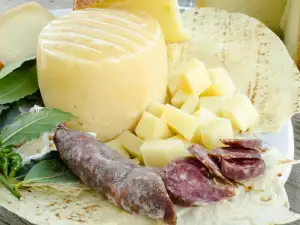
Pecorino Toscano DOP /Tuscan Pecorino/ - produced in the heart of the beautiful region of Tuscany - Cianti. The young pecorino matures for 2 to 4 weeks. It may have an average maturity, which takes about two months. Where the period of maturation is more than half a year, it is called dura. The herbs that are found in Tuscany gives the cheese a unique taste because sheep graze freely in lush meadows in the area. Made in the months of August to December. There is also the option of pecorino with the addition of tomato paste - pecorino senese.
Pecorino di Castel del Monte /Pecorino from Castel del Monte/ - produced mainly in the region of Molise and Ambrutsio. Ripens between 40 days to about two years. They have a spicy, intense flavor and very dark skin.
The following two types of Pecorino do not have names associated with their area of production, but method of storage.
Pecorino Alle vinacce - this is called wine pecorino. Once it passes the ripening period, which lasts 7-8 months, the cheese is placed in wine barrels. Thanks to this storage, the pecorino yields a typical wine aroma and a pleasant purple rind.
Pecorino in fossa - named because of the way it is stored. Placed in an earthen pit where the cheese is framed with walnut leaves. Ripens in about three months.
Composition of pecorino
True pecorino must be made from sheep milk. The composition of the cheese includes calcium, phosphorus, essential amino acids and vitamins A, E, C, PP and C.
Selecting and storing pecorino
Pecorino cheese is expensive, the price can reach up to $30 (20 Euro) per kilogram. It is particularly popular in eastern Europe, so you can only find it in the big grocery chains theere. Keep pecorino wrapped in the refrigerator. The normal temperature for storing cheese varies between 0 and 4 degrees.
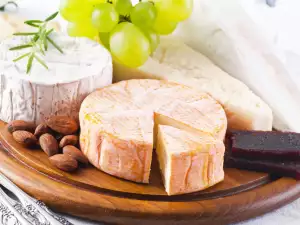
Culinary uses of Pecorino
Young pecorino combines very well with white wine, while its hard cheese is a wonderful accompaniment to red wine. Serve hard pecorino with a glass of red wine at the end of the night to fully enjoy the unique taste. Fresh pecorino is perfect for consumption in combination with basil and fresh greenery.
Grated pecorino is added to pasta and noodles, fish, various meats, cannelloni and pizza. Pecorino can be served with mushrooms of your choice. Traditionally Tuscan pecorino is served with ham and bean products.
Pecorino can be offered as a dessert - combined with fruits /apples, peaches, pears/ or aromatic jam. Pecorino with honey is also a very good combination.
We offer a very easy recipe for spaghetti with pecorino.
It takes a packet of spaghetti, bunch of spring onions, pepper, salt, olive oil and 200 g pecorino. Boil the pasta and water, then add a little salt and olive oil. Saute the onion until golden in color and when ready, pour it into the spaghetti. Finally, sprinkle with cheese. Note that the pasta should be very hot in order to melt the pecorino well.
Benefits of pecorino
As we saw, pecorino has valuable substances such as calcium and many useful vitamins. Calcium is good for strengthening bones and maintaining the strength of the joints. The complex of vitamins in pecorino provides the body with the valuable ingredients necessary for normal functioning.
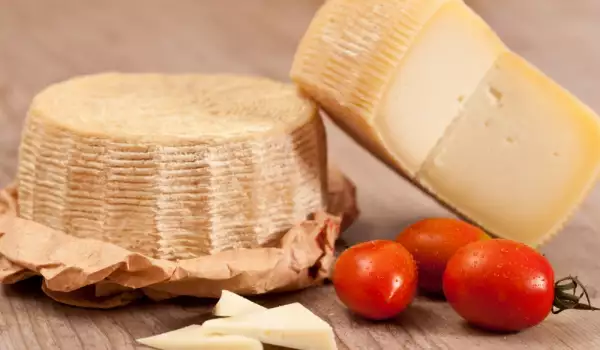

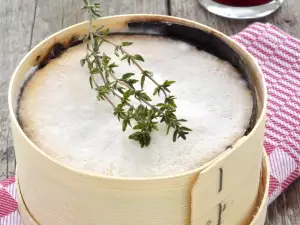


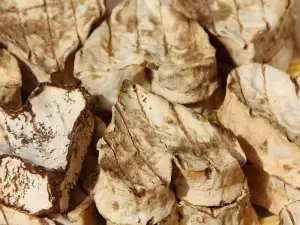
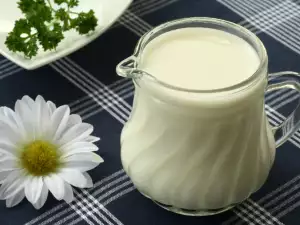


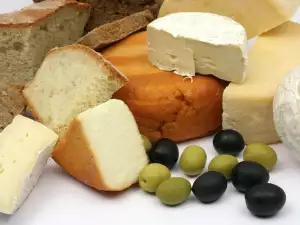
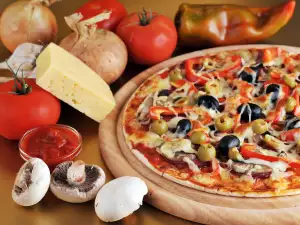


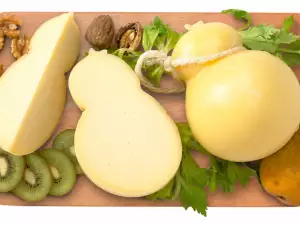
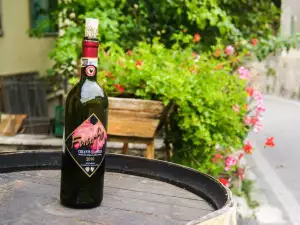
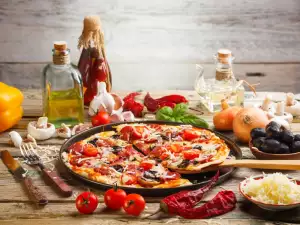

Comments